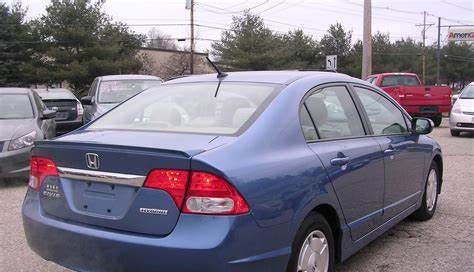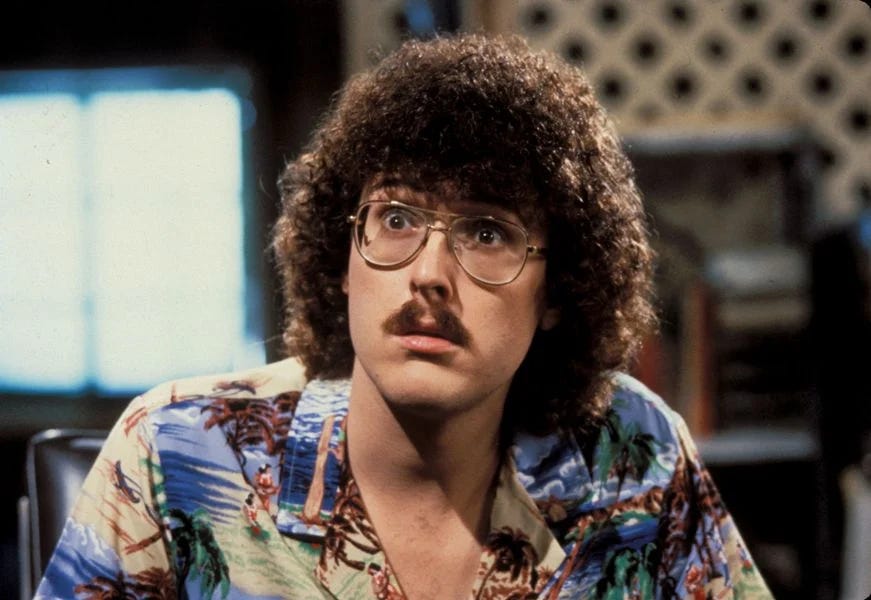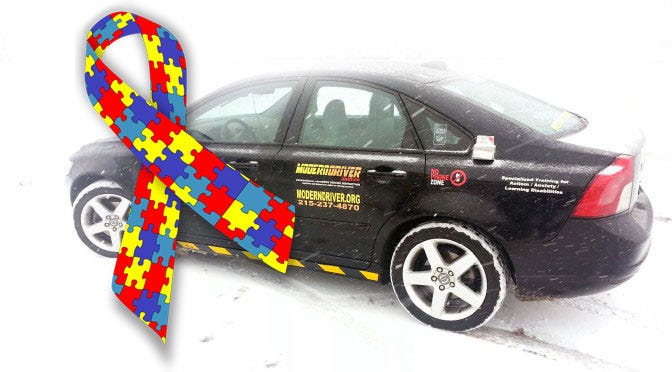Driving and the Weird Al Yankovic Effect
Parenting and Adults on the Spectrum
Allen and I are on our way to the do-it-yourself car wash in his Honda Accord, which sports three different shades of blue paint and a nifty stripe of red duct tape on its side. In the driver’s seat , Allen’s shoulders begin to jerk. The car veers to the right.
“What’s up?” I ask as casually as I can while grabbing onto the door handle.
“Nothing.”
We drive a little further and the shoulder jerking moves down into my son’s arms. Allen’s head begins to turn back and forth, sort of like Linda Blair’s in The Exorcist.
“Something’s going on,” I tell Allen. “Stop the car.”
Allen immediately pulls over to the side. “Do you want to drive?”
“Yes!” I say. “I want to drive! The shoulder shaking is freaking me out.”
“It’s Weird Al Yankovic,” Allen says. “He gets into my head and makes my shoulders all jerky. I felt like I've lost control.”
For those of you unfamiliar with this performer from the eighties, “Weird Al” wore Hawaiian shirts and sang a number of parodies of Top Forty songs. I’m not understanding the connection, but I do understand that Allen, an adult with high functioning autism, has felt out of control.
“I want to help you,” I say. “But I’m not sure I understand.”
“It’s like this,” my son says from the passenger seat. “You know how all those Weird Al songs have the beats and moves?” I nod. “Well, when I drive I feel like those beats and moves get into my head and then I can't stop my body from moving. Do you get it?”
I get it. I have been known to break into a solo rendition of “Brandy” and I’ve sat at stoplights behind drivers seemingly performing the drum solo from “Wipeout”.
“Ok”, I say. “Now that we know, we can decide what to do about it.”
Allen is not the only one who has reached a roadblock in driving. The Wexlar Center at Ohio State University (2020) notes that many people on the spectrum have motor coordination challenges and delayed response times in making decisions. This tidbit from Spectrum News states that most people on the spectrum tend to gaze upward, higher than the traffic flow, which can have serious consequences. Ann Lesko, an adult on the spectrum, notes in her blog that drivers on the spectrum can have a difficult time with the social function needed to “read the scene”. While Allen was among the 39% of teenagers on the spectrum to achieve a driving license, it's not the right choice for everyone.
But I don’t want Allen to lose this piece of his independence. With his attention to detail and his desire to follow the rules, I am confident he will regain his feeling of control at the wheel. A study in The Journal of Developmental and Behavioral Pediatrics (2018) confirms that while those on the spectrum may have more trouble getting a license, they are just as safe on the road as other drivers.
Following a suggestion from Healthline, Allen is spending some time in the passenger seat while I manuveur the controls and verbally tell him what I am doing, helping him review the skills. He’s getting back into taking short drives on his own.
On a recent solo drive to the nearby WaWa, I asked Allen how it went.
“Well,” he said, “Weird Al almost got into my head but I convinced myself to just keep my hands on the wheel and my eyes on the road.”
Excellent driving tips for all of us. Even Weird Al.
Do you know someone with a developmental disability who has learned to drive? What tips helped them that could help others?







My son isn’t able to drive, but he often appears stressed in the passenger seat, especially when I’m not in the lane he knows I need to be in to make the next turn. I try to explain to him that I’m watching the cars around and behind me but he doesn’t quite get it (he only looks forward, I think). He also (I think) gets songs repeating in his head, and Allen’s experience makes me curious if there are certain songs for my son that are invasive, especially during times he’s trying to focus. I’m glad Allen is able to drive (& pull over when that’s needed,too!)
That was an excellent ‘write.’
I’m amazed that you can work full time and still publish on Substack daily. You’re an inspiration to this ‘wanna be.’